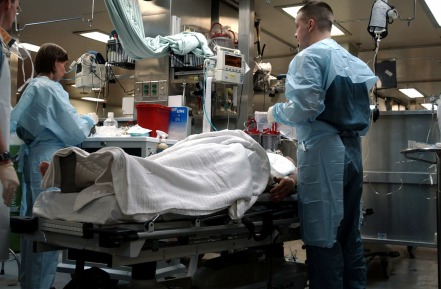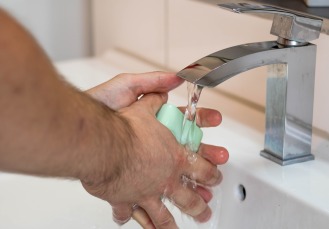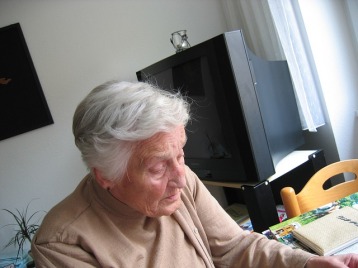A recent article in The Conversation by Joseph Ibrahim discussed recent findings that a large number of residents in residential aged care facilities (most commonly known as nursing homes) died as a result of ‘unnatural causes’. The three most prolific causes identified by a recent report from the coroner’s court was falls (81.5%), choking (4.4%) and suicide (1.9%). The study also stated that while in over 90% of the cases the cause of death was initiated in the nursing home over 67% of the actual deaths occurred in an acute facility, such as a hospital. This is reflected in the patients I see in my emergency department. The report goes on to say that these incidents result in a ‘premature’ death and are in many ways ‘preventable’. I would like to bring up some important factors which may confound such a simple statement.
While I do agree that there are most likely things that can be done within Residential Aged Care Facilities (RACFs) to minimize deaths related to the above items, I do think some moderation of the situation is in order. With the ageing-in-place legislation and current climate allowing elderly people to remain in their own homes longer RACFs are seeing residents coming to them older, and more importantly, more unwell with their disease process advanced. While not an excuse I wonder how much longer RACF residents would be able to functionally thrive in their own home rather than in a facility? From my experience of working in RACFs I can say that most likely a resident is placed in a facility due to either an acute turn in their condition (i.e. fracture or some major medical setback) or commonly due to a decline in mobility and functionality due to dementia which would preclude them from staying at home. Along with the decline in mobility and functionality is an increasing possibility for falls.
A second issue is exactly what is the role of a RACF in the health care continuum? According to the MyAgedCare website in a RACF ” Staff at aged care homes can help you with day-to-day tasks (such as cleaning, cooking, laundry); personal care (such as dressing, grooming, going to the toilet); or 24-hour nursing care (such as wound care, catheter care).” Additionally, the Aged Care Quality Agency standards for RACF homes is very general with standard 2.4 simply stating ” Care recipients receive appropriate clinical care” and standard 2.14 on mobility stating ” Optimum levels of mobility and dexterity are achieved for all care recipients.” These are very broad clinical statements with no specific measurable outcomes. They are also included with other standards such as 4.8 which state ” Hospitality services are provided in a way that enhances care recipients’ quality of life and the staff’s working environment” and 3.7 ” Care recipients are encouraged and supported to participate in a wide range of interests and activities of interest to them.” Therefore, my question again is where does the RACF fit clinically within the healthcare continuum? Is it meant to be a sub-acute residential centre with clinical nursing care as a role on-par with items such as hospitality services and leisure activities?
This case can further be made if Mr. Ibrahim speaks to RACF clinical staff. In most RACF homes the registered nurse is the clinical decision maker for initial diagnosis and guides treatment of patients. However, they have limited assessment and diagnostic tools at their disposal. They have no access to blood tests, CT scanners or even x-rays within a reasonable time frame nor I have found a RACF with a 12 lead ECG machine which is seen as a critical piece of equipment in any hospital emergency department. Additionally, medical services are exclusively provided by general practitioners who can give limited medical support within their clinic hours and an after-hours GP service which does not know the patients and can only provide cursory and event-specific advice. This leaves the registered nurse having to care for a much larger number of patients than any hospital-based nurse would dream of doing with much less equipment and no medical support on-hand.
My worry is with Mr. Ibrahim’s study, as with many previous examinations of care given in RACF homes, will place the burden of responsibility for ‘premature deaths’ at the feet of the registered nurse. I think this is largely unfounded as the RACF system is flawed and needs a truly complete analysis and re-think moving forward. If the RACF is to prevent these events from happening then let us give the registered nurses on the floor appropriate staffing numbers, the right tools and education in assessment using them along with adequate medical support no matter the time of day or night and I think you will see the number of premature deaths decrease rapidly.
References
MyAgedCare: Aged care homes (nursing homes)
The Conversation: Many older people in care die prematurely, and not from natural causes
Aged Care Quality Agency: Accreditation Standards




